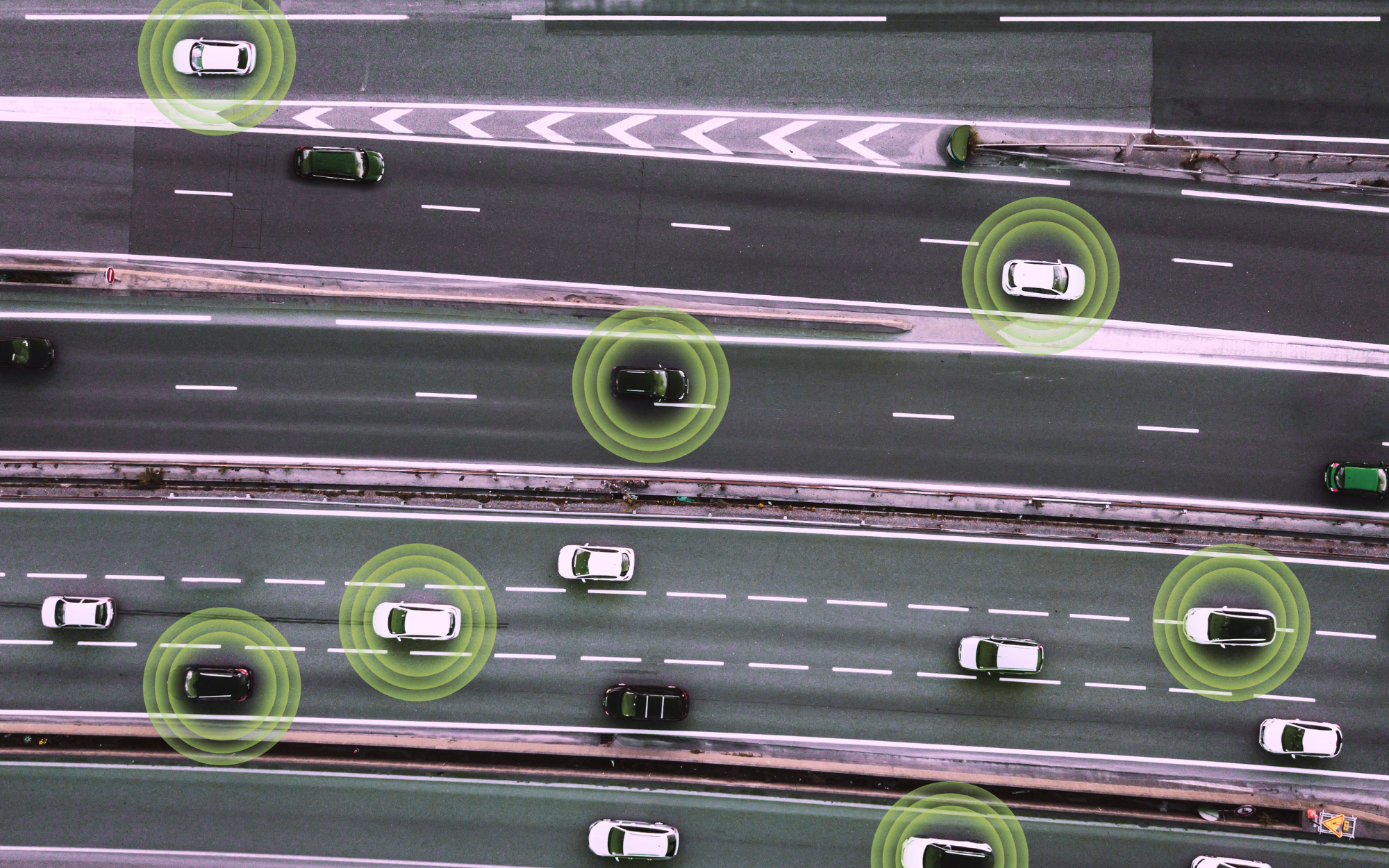Planning next year’s budget? ABAX can help...
Planning next year’s budget? ABAX can help...
Understanding asset tracking software
In today's fast-paced business world, achieving full visibility over your operations is essential. With numerous tools available to boost efficiency, finding the right solution can be challenging. That's where ABAX asset tracking software steps in as the ultimate answer to issues like theft prevention, increased customer and employee satisfaction, and enhanced operational efficiency.
Understanding asset tracking software
Asset tracking software is your digital assistant for keeping tabs on your assets, whether they're vans, cars, machinery, or tools. Its primary goal is to ramp up visibility across your business and efficiently manage your entire fleet. For clients with specialised tools and valuable vehicles, real-time location tracking is a game-changer.
Leveraging Asset Tracking Software
ABAX's asset tracking software serves as the cornerstone of efficient asset management, seamlessly linking and reporting data from diverse tracking sources to create a unified, centralised system. This integration enhances business efficiency by mitigating risks, mitigating equipment losses, and encouraging responsible asset utilisation.
How can asset tracking benefit my business?
Asset tracking empowers your business to operate more efficiently, reduce costs, and maximise the lifespan of valuable assets
Vehicle tracking: Manage your vehicle fleet with real-time location tracking, driver behavior monitoring, fuel consumption analysis, and boundary alerts. Kent-based Parkes Utilities saw cost reductions by improving driver behavior through daily mileage reports - read the case study.
Tool tracking: Industries with specialised and expensive tools, like McCann's, benefit from asset tracking software to prevent theft or loss.
Inventory/stock management: Eliminate manual stock takes with automated inventory tracking, freeing up resources for better customer service.
Live data monitoring: Proactive maintenance scheduling extends the lifespan of valuable assets, reducing costly replacements.
Efficiency optimisation: Asset tracking software provides comprehensive insights into various aspects of your business, from driver behavior to route analysis, enabling informed decisions that enhance overall efficiency.
Greater visibility over their fleet led to Mayden Croft Ltd improving their productivity. With employees doing multiple jobs throughout the day, they needed a system that provided them with full visibility of all these jobs as they were happening to ensure they maximised time.
Risk Reduction: Accurate asset location data minimises risks related to theft, both external and internal. Monitoring driver behavior creates a safer work environment.
Asset tracking - Hardware
While hardware plays a vital role in asset tracking, let's explore various asset tracking technologies and their pros and cons:
1. GPS Tracking
Global Positioning Systems (GPS) technology delivers precise positioning and navigation services worldwide. GPS fleet tracking involves devices connecting to satellites and transmitting real-time data to a central fleet management system.
Pros:
GPS provides global coverage, enabling tracking across vast distances.
It works independently of the internet, ensuring tracking even during connectivity outages.
Allows comprehensive monitoring of driver behavior, including location, speed, idling time, fuel usage, emissions, safety, and compliance.
Cons:
Accuracy may decrease in signal-obstructed areas, such as around tall buildings.
GPS was initially developed for military purposes, potentially leading to future fees.
2. Bluetooth Tracking
Bluetooth technology enables wireless communication between devices without physical connections. It operates on short-range radio frequencies, facilitating communication within a limited proximity.
Pros:
Supports the creation of a personal area network of up to seven devices within a 30-foot range.
Energy-efficient with low power consumption, ensuring prolonged standby time.
Cost-effective as Bluetooth is widely integrated into mobile devices, making device manufacturing affordable.
Cons:
Limited transmission distance, vulnerable to obstructions like buildings and plants.
Asset locations can be tracked only by connected devices with Bluetooth enabled.
3. RFID Tracking
Radio Frequency Identification (RFID) is a wireless communication technology similar to Bluetooth. RFID readers scan RFID tags to identify and track assets.
Pros:
Primarily aids in inventory control, reducing loss.
Provides detailed inventory information for improved asset management and condition tracking.
Automatically records data, reducing errors.
Cons:
Requires specific RFID readers, potentially increasing costs.
Vulnerable to hacking for producing clone tags, posing security risks.
In conclusion, asset tracking software is a necessity for UK businesses looking to boost productivity, reduce risks, and gain control over their operations.
ABAX seamlessly merge hardware and software to provide comprehensive tracking solutions for vans, vehicles, tools, plant machinery, and fleets, ensuring your business operates efficiently, profitably, and securely.
